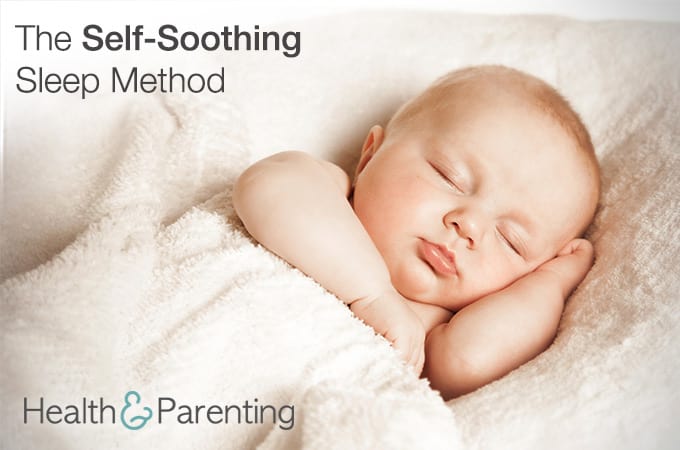Most babies are still waking throughout the night in week 25. Don’t worry, you’re not the only mama using matchsticks to keep her eyelids open this week. Sleep deprivation isn’t fun and can leave you feeling pretty rotten. There are so many different parenting styles when it comes to sleep and you may have reached a stage where you’re willing to try anything.
The self-soothing sleep method
The self-soothing sleep method is based on the idea that babies can learn to settle themselves back to sleep if given the opportunity. It’s seen as quite a controversial method with some experts claiming young babies are developmentally unable to learn how to self-soothe. Many moms swear by it as a way of getting more sleep and, of course, it’s up to you how you decide to parent your child. If you want to give the self-soothing method a try, here are some tips to help you on your way:
- Create a bedtime routine
A regular bedtime routine is important for this method because your baby needs to learn to anticipate bedtime and what will happen next. It’s totally up to you what your bedtime routine looks like. Many parents choose to incorporate bathtime, bedtime stories and quiet cuddles in the bedroom. You could also consider adding in baby massage or listening to soothing music as part of your routine. It doesn’t really matter, as long as it is consistent and regular so that your baby can learn to anticipate bedtime.
- Do the soothing
Many experts believe that children learn to self-soothe because they have learned how to regulate their emotions thanks to the caring adults in their lives. If you take an active role in soothing your baby when she is upset, your baby will learn how to make herself feel better without your help in time.
- Wait a little bit
If you want your baby to learn to self-soothe, your baby will need time to practice this skill. That means, when your baby begins to cry, you might want to hold off on rushing to the rescue. This is a personal choice and it may not be one you’re comfortable with. If it is, then you can leave your baby to cry for a few minutes before going in to offer reassurance.
Have you tried the self-soothing sleep method?
Written by Fiona (@Fiona_Peacock), mother, writer and lover of all things baby related.
This information is not intended to replace the advice of a trained medical doctor. Health & Parenting Ltd disclaims any liability for the decisions you make based on this information, which is provided to you on a general information basis only and not as a substitute for personalized medical advice. All contents copyright © Health & Parenting Ltd 2016. All rights reserved.











